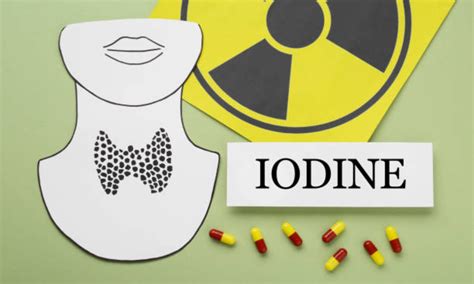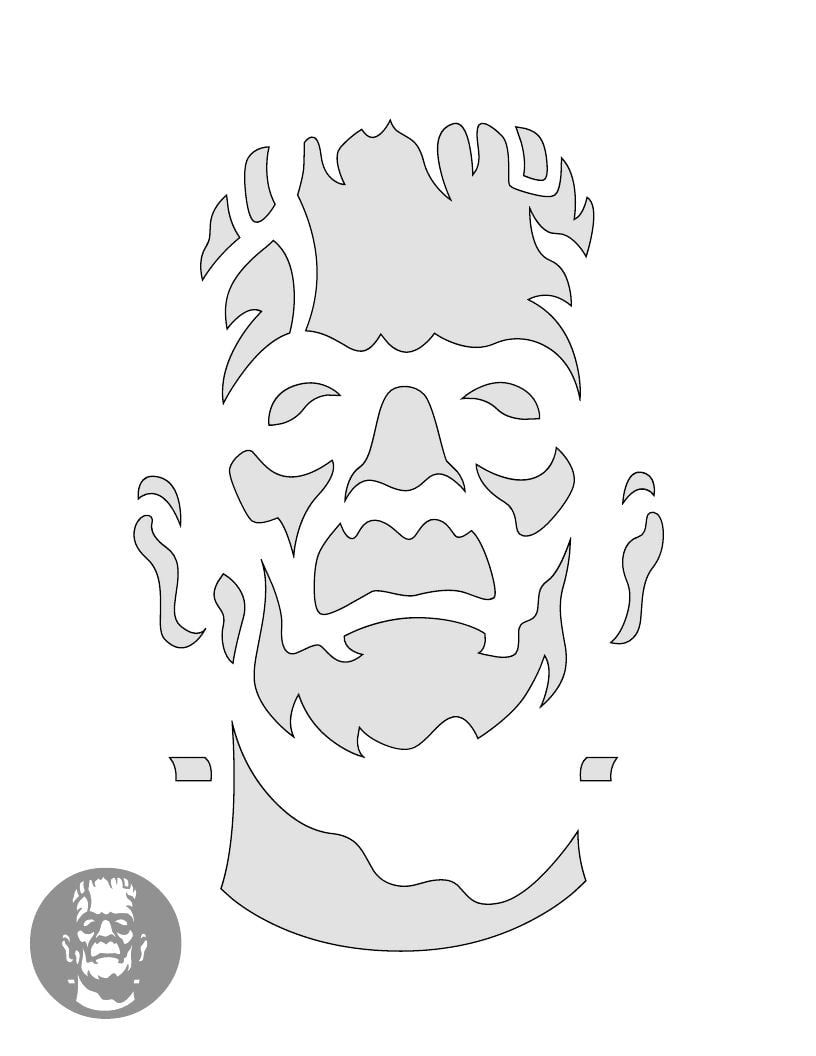The human thyroid gland plays a vital role in regulating metabolism, energy generation, and overall hormonal balance. However, certain conditions like hyperthyroidism, thyroid cancer, or nodules can disrupt its normal functioning, leading to a range of health issues. One effective treatment option for these conditions is Radioactive Iodine (RAI) therapy. In this comprehensive overview, we will delve into the world of RAI treatment, exploring its applications, benefits, and potential side effects, as well as providing a detailed understanding of how it works to restore thyroid health.
What is Radioactive Iodine Treatment?
Radioactive Iodine treatment involves the use of a small amount of radioactive material, usually Iodine-131, to destroy part or all of the thyroid gland. This procedure is commonly used to treat hyperthyroidism, a condition characterized by an overproduction of thyroid hormones, which can lead to symptoms such as weight loss, rapid heartbeat, and anxiety. RAI therapy is also employed in the management of thyroid cancer, particularly after surgical removal of the thyroid gland, to eliminate any remaining cancer cells.
How Does Radioactive Iodine Treatment Work?
The principle behind RAI therapy is based on the thyroid gland’s natural tendency to absorb iodine. When Radioactive Iodine is ingested, it is selectively taken up by the thyroid cells, where it emits radiation that destroys the cells. This process can help reduce the production of thyroid hormones in cases of hyperthyroidism or eliminate cancerous cells in thyroid cancer. The radioactive material is usually administered orally in a capsule or liquid form, and its effects can be observed over the following weeks and months as the thyroid gland’s function decreases.
Applications of Radioactive Iodine Treatment
RAI therapy has several applications, including: - Hyperthyroidism Treatment: For patients with hyperthyroidism, RAI can help reduce thyroid hormone production by destroying part of the thyroid gland. This can lead to an improvement in symptoms such as tremors, heat intolerance, and palpitations. - Thyroid Cancer Management: After surgery, RAI therapy can be used to ablate any remaining thyroid tissue, including cancer cells that may have spread to other parts of the body. This is particularly effective for differentiated thyroid cancers, such as papillary and follicular thyroid cancer. - Thyroid Nodules and Goiter: In some cases, RAI may be used to treat large thyroid nodules or goiters that are causing symptoms due to their size or hormonal production.
Benefits of Radioactive Iodine Treatment
The benefits of RAI therapy include: - Effective in Treating Hyperthyroidism: RAI is often preferred over antithyroid medications because it provides a more permanent solution with a single treatment. - Minimally Invasive: Unlike surgery, RAI therapy does not require surgical intervention, reducing the risk of complications and the need for hospitalization. - High Success Rate for Thyroid Cancer: When used appropriately, RAI can significantly reduce the risk of thyroid cancer recurrence.
Potential Side Effects of Radioactive Iodine Treatment
While generally safe, RAI therapy can have side effects, including: - Hypothyroidism: The most common side effect is the development of hypothyroidism, a condition where the thyroid gland does not produce enough thyroid hormones. This can be managed with thyroid hormone replacement therapy. - Radiation Exposure: Although the risk is minimal, there is a theoretical risk of radiation exposure to others, which can be mitigated by following post-treatment precautions. - Neck or Salivary Gland Problems: Some patients may experience neck pain or swelling, and there can be a temporary reduction in salivary gland function.
Precautions and Safety Measures
To minimize risks and ensure safety, patients undergoing RAI therapy are advised to: - Avoid Close Contact: Limit close contact with others, especially pregnant women and young children, for a specified period. - Follow Dietary Instructions: Adhere to a low-iodine diet before treatment to enhance the uptake of Radioactive Iodine by the thyroid gland. - Hydration and Rest: Stay well-hydrated and get plenty of rest to help the body recover from the treatment.
FAQ Section
What are the common uses of Radioactive Iodine treatment?
+Radioactive Iodine treatment is commonly used for hyperthyroidism, thyroid cancer, and in some cases, for thyroid nodules and goiter. It helps in reducing thyroid hormone production or destroying cancerous cells.
How long does it take for Radioactive Iodine treatment to work?
+The effects of Radioactive Iodine treatment can vary, but it typically starts to work within a few weeks to a few months after administration. The full effect may take up to 6-12 months to be completely evident.
Can anyone receive Radioactive Iodine treatment?
+No, RAI therapy is not suitable for everyone, especially pregnant women, breastfeeding mothers, or individuals with certain allergies or conditions. It's crucial to discuss the suitability of this treatment with a healthcare provider.
Conclusion
Radioactive Iodine treatment offers a highly effective approach for managing hyperthyroidism, thyroid cancer, and related conditions. By understanding how RAI therapy works, its benefits, potential side effects, and the necessary precautions, patients can make informed decisions about their treatment options. As with any medical treatment, it’s essential to consult with a healthcare professional to determine the most appropriate course of action based on individual needs and health status. Through the integration of RAI therapy into comprehensive treatment plans, many individuals can experience significant improvements in their thyroid health and overall well-being.



